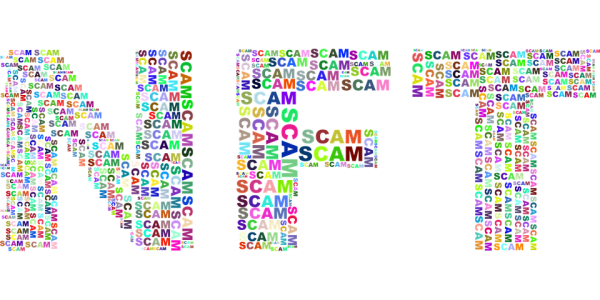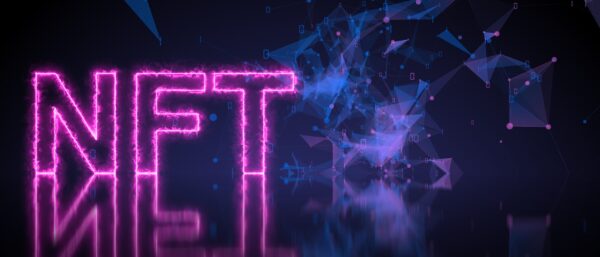March 29, 2023
By Murtuza Merchant
The Limitations of Web2 Subscriptions
In the digital landscape, the subscription model has been successful, enabling content creators and distributors to protect and monetize their content. It spans various industries and use cases, from basic newspaper paywalls to tiered subscription models granting access to diverse content or services.
Traditional digital platforms employ technology that records each user’s subscription details and conditions in their own systems and databases. Usually, a subscriber accesses their subscription by authenticating with their email and password. The platform verifies the user’s identity and subscription details in their database to determine their level of access.
However, this model has its drawbacks. The subscription only exists within the platform’s database, making it static and controlled solely by the platform. This means a subscription can be removed unilaterally by the platform, leaving the user empty-handed. Furthermore, these subscriptions lack liquidity. If a user no longer needs their subscription, they cannot resell it on a secondary market.
This presents a problem for subscription providers for two reasons:
Up-selling: Relying on unused subscriptions isn’t a sustainable business strategy if renewal is expected. It’s more effective for providers to ensure their services are used by genuinely interested users.
New revenue streams: Subscription providers could potentially include a royalties commission, allowing them to earn a fee if a subscription is sold on the secondary market.
Enter Web3 and NFTs
NFTs’ Role in Revolutionizing Online Subscriptions
An NFT can represent far more than just a digital image of artwork. As Web3 matures, NFT use cases are becoming increasingly diverse and fascinating.
At its core, an NFT represents the ownership of something by a user in a digital environment. It effectively identifies the user in control of specific credentials, allowing them to trade, exchange, track, or destroy their digital assets.
Imagine an NFT representing the ownership of a particular subscription. The digital platform can mint the subscription and transfer it to the buyer. The NFT can also contain specific conditions, such as an expiration date. The platform can then verify that a user possesses a particular NFT, identifying them as valid subscribers.
The Power of NFT-based Subscriptions
The primary difference between traditional subscriptions and NFT-based subscriptions lies in who owns the subscription. In Web2, the company owns the subscription and keeps the record in itsb database. In Web3, the NFT is stored in the user’s wallet, granting them control over their subscription.
This shift in ownership creates a new dimension of possibilities for subscriptions. Users can treat their subscriptions as liquid assets and use them like any other digital asset. They can resell, rent, transfer, or even combine them with other subscriptions.
Moreover, this opens up new revenue streams for subscription-based platforms. Similar to music or art NFTs, platforms can incorporate royalty conditions into their subscriptions. This way, they can earn additional income whenever a subscription is resold on the secondary market.
As the world embraces Web3 technologies, NFT-based subscriptions offer a powerful and flexible alternative to traditional models. By giving users more control and liquidity, they can reshape the future of digital content consumption and monetization.
About the author
Murtuza Merchant is a senior journalist and an avid follower of blockchain and cryptocurrencies.



